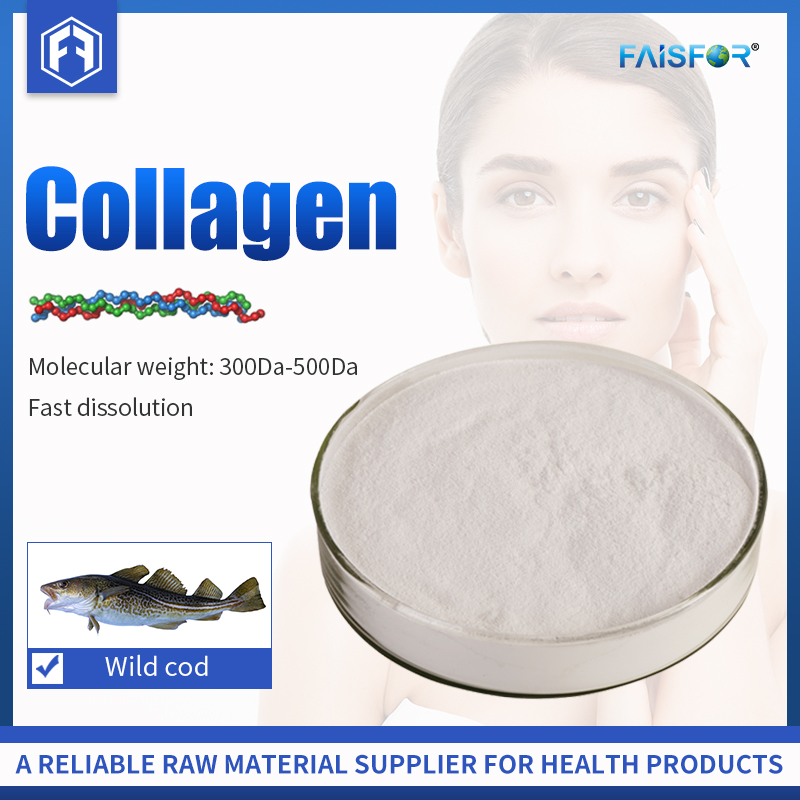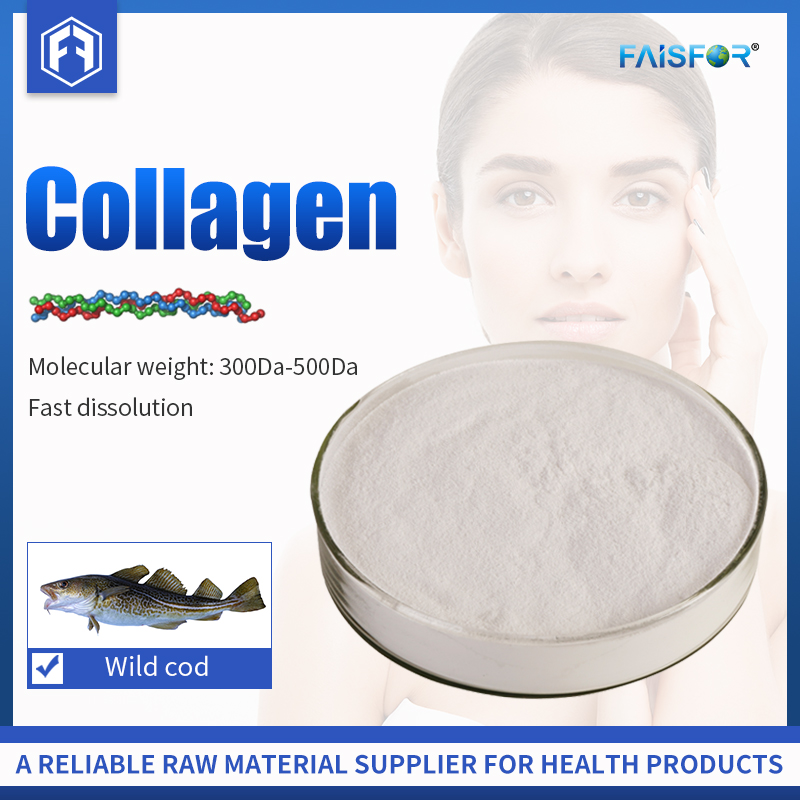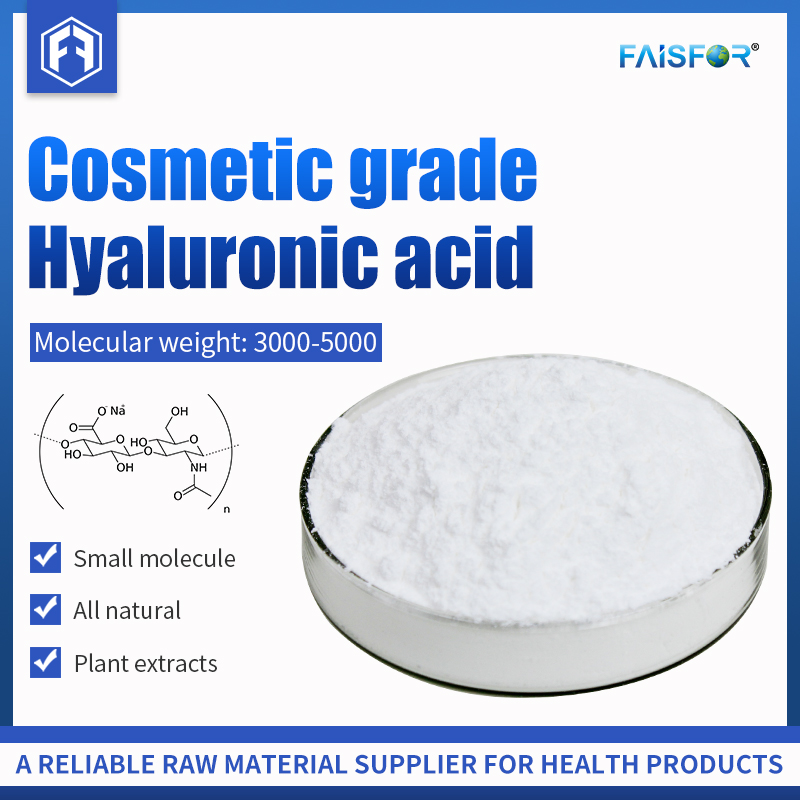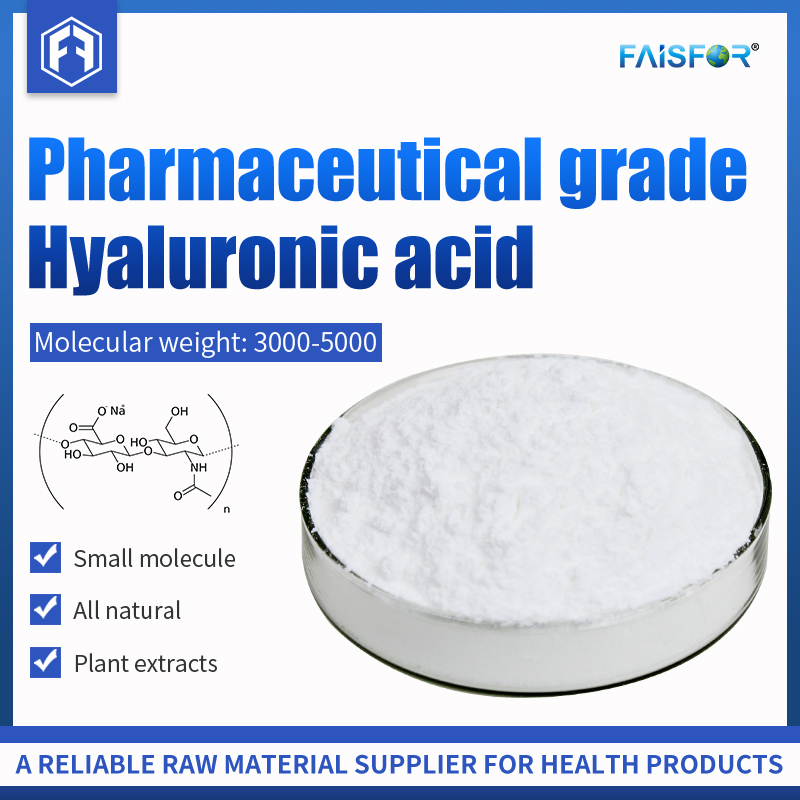Why didn't pepsin kill itself?
2021/11/10
Pepsin is an acid protease, which releases inactive pepsinogen from gastric mucosal master cells in the stomach. After encountering the hydrochloric acid in the gastric acid released by parietal cells, the zymogen cuts off 44 amino acid residues. When activated, its optimal pH is about 1.5-2.2. In a solution with a neutral or alkaline pH, pepsin will melt and lose its activity. When pepsin hydrolyzes proteins or peptides, it has particular amino acid sequence specificity. It tends to hydrolyze amino-terminal or carboxy-terminal aromatic amino acids (phenylalanine, tryptophan, and tyrosine) or leucine Peptide bond.
The amino acid, as mentioned above composition only involves the primary structure of the protein, and active proteins also have spatial structures, including secondary and tertiary structures, and some proteins also have quaternary structures. The spatial structure is the basis for the performance of its physical and chemical properties and biological functions. When a protein forms its specific spatial structure through the coiling and folding of the polypeptide chain, some amino acid residues are on the protein's surface, and some amino acid residues are hidden inside the protein. The rule is that the hydrophobic amino acid residues are inside the protein and hydrophilic. Sexual amino acid residues are on the surface of the protein. Phenylalanine, tryptophan, tyrosine, and leucine are hydrophobic amino acids. These amino acid residues are hidden in pepsin when they form a specific spatial structure, so pepsin cannot hydrolyze itself. In the solid acidic environment of the stomach, the protein in the food denatures the protein, and its specific spatial structure is destroyed. The molecular structure of the protein is stretched and loosened, exposing the hydrophobic amino acids hidden in the molecule, which is readily decomposed by pepsin.

It is worth noting that it is conditional for pepsin not to catalyze hydrolysis by itself. That is, it must form a specific spatial structure. When natural proteins are affected by certain physical factors (such as high temperature, high pressure, ultraviolet rays, etc.) and chemical factors (acids, alkalis, organic solvents, etc.), the original high-level confirmation of their molecules changes, this phenomenon is called protein transsexual. The molecular structure of the denatured protein stretches loosely, and some groups initially hidden inside the molecule are exposed, which are easily recognized and hydrolyzed by proteases. However, if pepsin is denatured, it can also be catalyzed and hydrolyzed by itself and other digestive proteases. For example, pepsin has a specific spatial conformation in the stomach's acidic environment and will not be hydrolyzed by itself. Instead, it will be denatured when entering the alkaline environment of the small intestine: trypsin and other digestion.
Baoding faithful Industry Co., Ltd. produces professional pepsin, which is exported to many countries worldwide. It has a comprehensive inspection and testing certificate, stable supply, fast delivery, and provides you with professional knowledge before the sale, and provides you with after-sales Professional tracking and guarantee. We look forward to cooperating with you.
To learn more about this product, click here ↓











